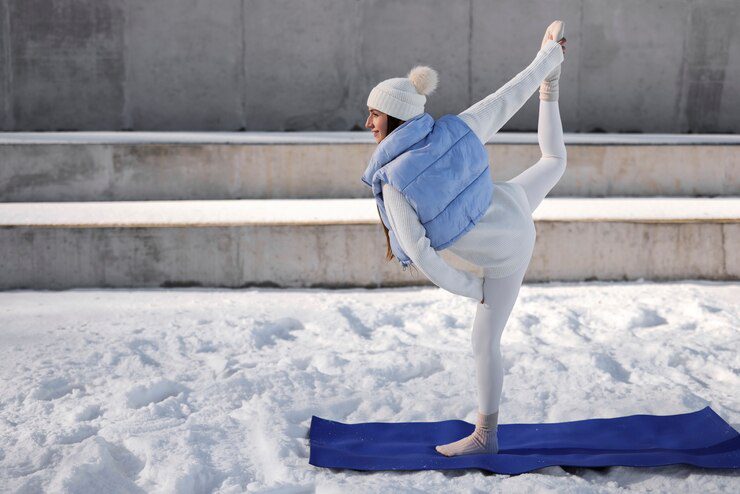Figure skating: a spectacle of elegance and athleticism, where bodies defy gravity and glide across the ice, leaving trails of glittering stardust. But beneath the artistry lies a symphony of physics, a silent conversation between skater and ice, where the laws of motion dictate every breathtaking leap and mesmerizing spin. Today, let’s peek behind the sequins and unveil the science that fuels these feats of icebound magic.
The Launchpad: Angular Momentum and the Art of Speed
Picture a spinning top. The faster it spins, the harder it is to knock over. That’s angular momentum, and it’s the secret sauce in both jumps and spins. Before taking flight, skaters generate momentum with powerful pushes on the ice. These pushes act like mini rocket engines, propelling them upwards and setting the stage for rotations. But it’s not just about brute force. Technique plays a crucial role. A well-timed jump with a quick snap of the blade maximizes momentum, sending skaters soaring like human rockets.
Jumps: A Dance with Gravity
Now, imagine tossing a ball in the air. It rises, reaches its peak, and then succumbs to gravity’s pull. Similar principles apply to jumps. With each leap, skaters challenge gravity, trading the ice’s support for a fleeting moment of airborne freedom. The higher the jump, the longer they defy gravity’s grip. But there’s a catch in figure skating: the higher you go, the faster you fall. It’s a delicate balance, a constant negotiation between height and rotation. To achieve those quadruple jumps (four revolutions in the air!), skaters prioritize speed over soaring high, maximizing their angular momentum before takeoff.
Spins: A Symphony of Ice and Body
While jumps defy gravity, spins embrace it. Imagine a spinning ice dancer as a human gyroscope. Arms outstretched, they become a large spinning mass, slow and graceful. By pulling their arms in, they shrink their mass, making them spin faster, like a skater on a cosmic merry-go-round. This is the beauty of the conservation of angular momentum: what you lose in size, you gain in speed. But it’s not just about pulling arms in. Every muscle twitch, every tilt of the head, plays a role in fine-tuning the spin, a constant conversation between body and ice, a delicate dance of control and expression.
Beyond the Basics: The Physics of Perfection
The science of figure skating goes beyond the fundamentals. Blade design, for instance, plays a crucial role. Sharper blades bite into the ice for sharper edges and quicker takeoffs, while thicker blades offer better stability for landings. Even costumes come into play! Streamlined outfits minimize air resistance, allowing skaters to spin faster and jump higher. And then there’s the ice itself. The temperature, texture, and even the quality of the water used to make it all affect the skaters’ performance.
From Science to Spectacle: The Human Factor
But the science of figure skating is just one part of the equation. The real magic lies in the human factor: the years of grueling training, the unwavering dedication, and the artistic soul that transforms physics into poetry on ice. Each jump, each spin, is a testament to the incredible partnership between human will and scientific principles.
So, the next time you witness a skater defy gravity or spin like a whirlwind on ice, remember: it’s not just an artistic expression, it’s a scientific masterpiece sculpted from angular momentum, gravity, and human determination. It’s a testament to the fact that even on the coldest winter day, the ice can ignite a symphony of science and beauty, pushing the boundaries of what’s possible, one breathtaking leap and mesmerizing spin at a time.
Conclusion
Figure skating isn’t just grace gliding across the ice; it’s a scientific ballet, where physics and physiology tango to create breathtaking feats. From the explosive launch of a quad jump to the mesmerizing control of a spinning blade, every movement is a testament to the intricate relationship between human will and the laws of motion. So, the next time you witness a skater defy gravity or spin like a cosmic top, remember, that it’s not just artistry; it’s a symphony of science and athleticism, a testament to the boundless potential of the human spirit on ice.







